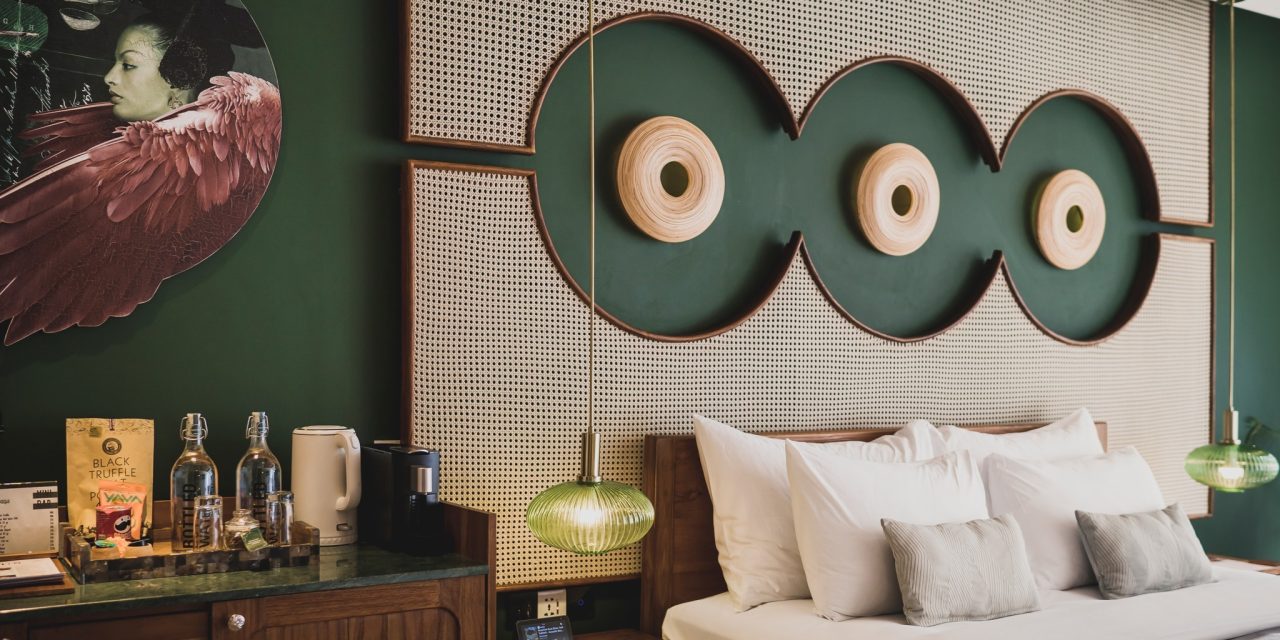When you think of Bali, your mind might conjure images of stunning beaches, vibrant markets, and, perhaps, breathtaking sunsets. But there’s another side to this island paradise — an immersive cultural experience that showcases its rich traditions and artistic flair. One of the most captivating aspects of Balinese culture is the Kuta traditional dance. Having spent a few months in Bali, I had the pleasure of experiencing this dance firsthand, and it left a lasting impression on me. Let me take you on a journey through the enchanting world of Kuta traditional dance while weaving in personal anecdotes and practical advice to enrich your understanding.
A Vibrant Heritage
Kuta, located on Bali’s southern coast, is not just known for its beaches and surf; it’s also a hotspot for traditional Balinese performances. The Kuta traditional dance draws from a rich tapestry of Balinese mythology, spirituality, and everyday life. The dance is often performed during ceremonies or cultural events, showcasing stories that resonate deeply with the Balinese people.
During one of my trips to Kuta, I found myself wandering into a small temple where I stumbled across a rehearsal for an upcoming performance. The excitement in the air was palpable! The dancers, adorned in brilliant costumes replete with intricate gold detailing, moved with a grace that seemed otherworldly. I felt like I had stepped into a live painting, the colors and movements telling a story that only the locals truly understood.
The Dance Elements
Movements and Significance
The movements in Kuta traditional dance are distinctive. They are characterized by elaborate hand gestures, facial expressions, and footwork that conveys a myriad of emotions and narratives. Each movement has a specific meaning; for instance, delicate finger movements might signify the whispering winds, while sudden, strong gestures reflect the power of the gods.
During the rehearsal I watched, an older gentleman leaned over to explain that many young dancers start training at a very young age. This tradition is not just about learning choreography; it’s about embracing a way of life and the values that come with it, like respect for elders, love for community, and spirituality.
Costumes and Music
The costumes worn during these performances are nothing short of spectacular. They typically feature bright, vibrant colors and reflect the local flora and fauna. Each dancer’s attire is intricately designed, signifying their character in the performance.
The music accompanying the dance is usually performed by a traditional gamelan orchestra, which uses a combination of metallophones, drums, and gongs to create a lively yet meditative soundscape. One evening, I had the opportunity to enjoy a Kuta dance performance at sunset, where the serene sounds of the gamelan harmonized beautifully with the crashing waves, creating an unforgettable atmosphere.
Personal Anecdotes and Insights
I remember one evening while enjoying a traditional dinner — a delightful spread of Nasi Campur, fragrant rice paired with a variety of meats and vegetables. As I finished my meal, a gentle urge to join the performance consumed me. I approached one of the dancers after the show, struck by their passion and elegance. I nervously asked if they ever give classes to tourists.
To my surprise, they smiled warmly and invited me to a beginner’s class the following day! Fueled by curiosity and a dash of bravery, I joined. Let me tell you, learning the basic hand movements was a challenge! It was a beautiful reminder that dance transcends language and culture. Through laughter and a shared love for Balinese culture, we connected deeply, showcasing how the spirit of Kuta traditional dance can unite people from all corners of the globe.
Practical Advice for Visitors
If you find yourself in Kuta and want to experience traditional dance, here are some practical tips:
1. Attend a Local Performance: Check local event listings or ask your hotel staff for information about upcoming performances. Many temples have regular shows that are open to visitors.
2. Engage with the Community: If you’re interested in learning, don’t hesitate to ask local dancers about classes. They often welcome enthusiastic learners, and taking a class can provide insight into the cultural significance of the dance.
3. Document the Experience: Bring a camera or a journal. Capturing the colors and emotions of the dance can help preserve the memory of your experience.
4. Respect the Culture: Balinese people take great pride in their traditions. If you get the chance to attend a performance, be sure to dress respectfully and follow any local customs.
Conclusion
The Kuta traditional dance isn’t just a visual spectacle; it’s a window into the heart and soul of Balinese culture. I left that small temple in Kuta with a renewed appreciation for the stories each dancer tells through movement. As I reflected on my evening, I realized that dance is a universal language. It’s a delightful blend of community, spirit, and celebration that transcends words.So, if you ever find yourself in Bali, make sure to seek out a Kuta traditional dance. Close your eyes, let the sounds wash over you, and open your heart to the tales that dance can tell. Who knows? You might just find yourself joining in the rhythm and becoming part of a story that stretches back generations.






